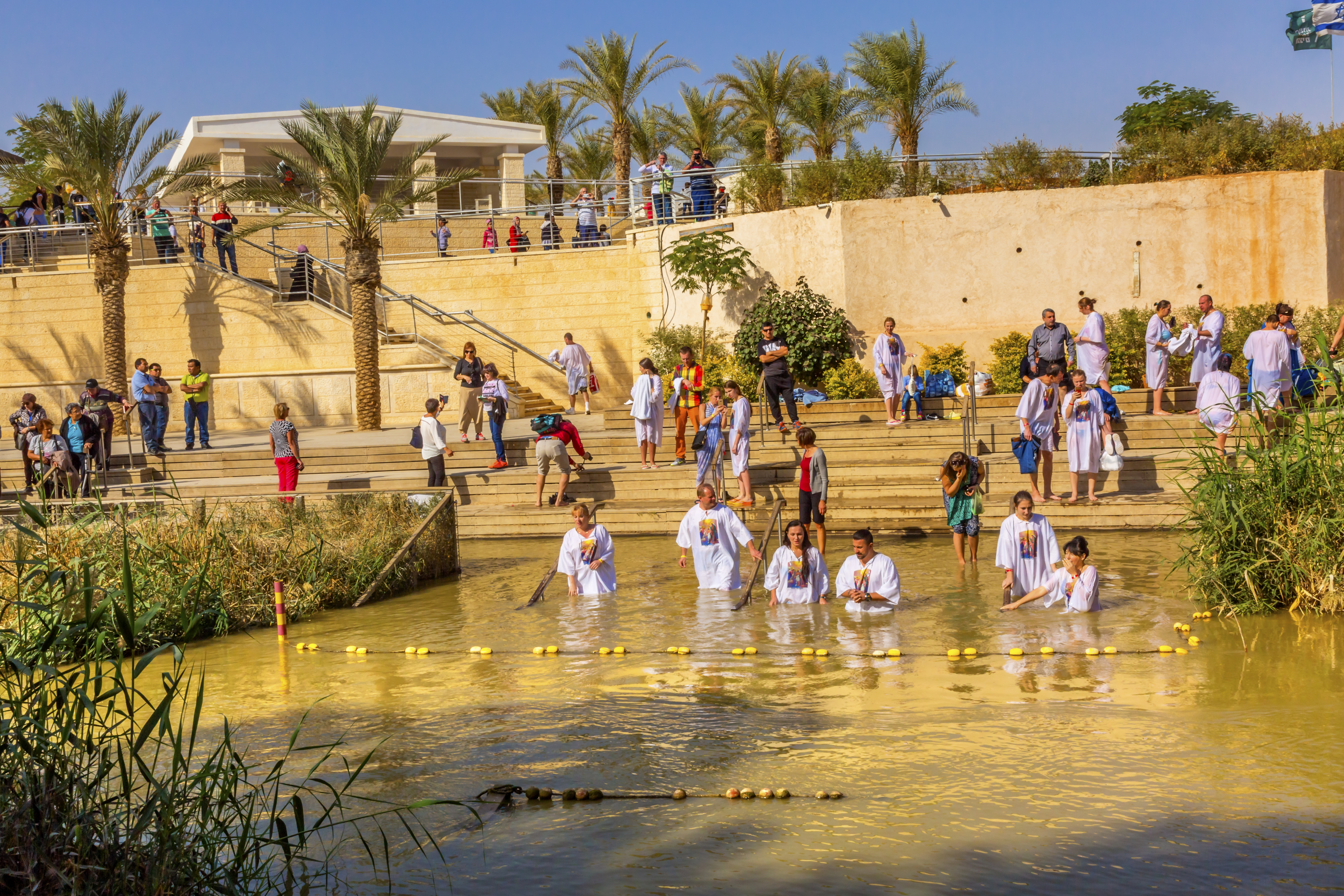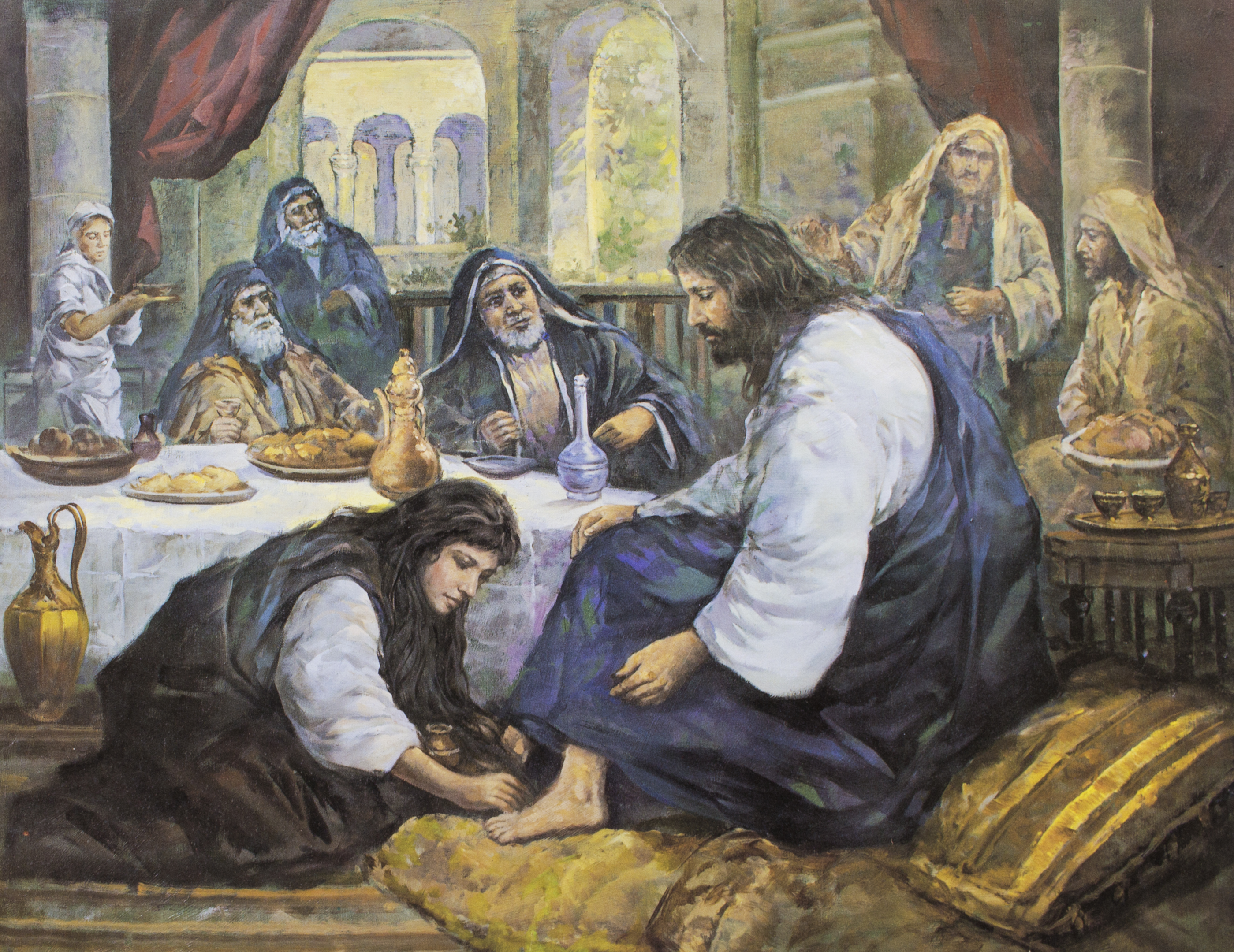Bethany and Bethphage

Bethany and Bethphage

Bethany and Bethphage are two small villages near Jerusalem that hold great significance in the Christian faith, mainly due to their association with Jesus' ministry. The accounts of Jesus in Bethany and Bethphage provide deep insights into his teachings and miracles. In this blog post, we'll explore the biblical stories involving these two villages, their meanings, and their geographical and historical contexts.
Jesus in Bethany in the bible

Bethany is mentioned several times in the New Testament as a place Jesus visited during his earthly ministry. Located on the southeastern slope of the Mount of Olives, about two miles from Jerusalem, Bethany is the home of Jesus' friends Martha, Mary, and Lazarus. In Bethany, Jesus performed one of his most famous miracles: raising Lazarus from the dead (John 11:1-44). This powerful event demonstrated Jesus' divine authority over life and death and foreshadowed his resurrection.
Another significant event in Bethany occurred at the house of Simon the Leper, where a woman anointed Jesus' feet with expensive perfume (Matthew 26:6-13, Mark 14:3-9, and John 12:1-8). Jesus praised the woman for her devotion and announced that her show would be remembered wherever the Gospel was preached. This anointing of Jesus also symbolized his preparation for burial, as he would soon face crucifixion in Jerusalem.
Bethphage and Bethany
Bethphage, which means "house of unripe figs" in Aramaic, is another village on Mount Olives. It lies between Bethany and Jerusalem, closer to Jerusalem than Bethany. Although less prominent than Bethany, Bethphage is mentioned in the Gospels in connection with Jesus' triumphal entry into Jerusalem on Palm Sunday (Matthew 21:1, Mark 11:1, and Luke 19:29).
Bethphage, Mount of Olives, and Jesus' Entry into Jerusalem
The Mount of Olives is a significant location in the Bible, with several key events in Jesus' life in its vicinity. From Bethphage, Jesus sent two of his disciples to fetch a donkey and its colt, which he would ride into Jerusalem in fulfillment of the prophecy in Zechariah 9:9. As Jesus descended the Mount of Olives on the donkey, crowds gathered and spread their cloaks and branches on the road, shouting, "Hosanna to the Son of David!" (Matthew 21:9). This triumphant entry marked the beginning of Jesus' Passion Week, which culminated in his crucifixion and resurrection.
Bethphage and Bethany Meaning
The names of these two villages carry symbolic meanings that reflect their biblical significance. As mentioned earlier, Bethphage means "house of unripe figs," possibly alluding to the fig tree that Jesus cursed for its lack of fruit (Matthew 21:18-22, Mark 11:12-14). This event serves as a metaphor for spiritual fruitfulness and the judgment that awaits those who fail to bear fruit for God's kingdom.
On the other hand, Bethany means "house of figs" or "house of affliction" in Hebrew. The latter meaning resonates with the suffering and death that Jesus would soon experience in Jerusalem. Moreover, the raising of Lazarus in Bethany highlights the hope of resurrection and eternal life for those who believe in Jesus.
Bethphage and Bethany at the Mount of Olives
The proximity of Bethphage and Bethany to the Mount of Olives is significant, as the Mount of Olives holds tremendous importance in biblical history.
It is mentioned frequently in both the Old and New Testaments, often as a place of prayer and worship. Jesus, too, spent time on the Mount of Olives, praying and teaching his disciples (Luke 21:37, 22:39).
The mount also serves as the backdrop for Jesus' ascension into heaven, as described in Acts 1:9-12, and is prophesied to be the site of his second coming (Zechariah 14:4).
How Far are Bethphage and Bethany from Jerusalem?

Bethany is approximately one point two miles (3.2 kilometers) east of Jerusalem, while Bethphage is closer to Jerusalem, about 1.5 miles (2.4 kilometers) away. These villages' closeness to Jerusalem allowed Jesus and his disciples to retreat to a quieter location while remaining near the city for his ministry and teachings.
City of Bethany in the Bible
Bethany is often referred to as a city in the Bible, although it was likely a tiny village during Jesus' time. Nevertheless, its significance lies in its association with Jesus and his ministry. As we've seen, Bethany was the home of Martha, Mary, and Lazarus. It served as the setting for several key events in Jesus' life, including the raising of Lazarus and the anointing of the woman with the alabaster jar.
Bethphage Map and Bethany Map
Today, Bethphage is identified with the modern-day Arab village of Al-Eizariya, located on the southeastern slope of the Mount of Olives. Al-Eizariya is derived from the Arabic name for Lazarus, linking the town to the biblical story of Jesus raising Lazarus from the dead. On the other hand, Bethany has been identified with the present-day West Bank town of al-Azariyeh, which also bears a name derived from Lazarus.
Are There Two Bethanys in the Bible?

There is some debate among scholars about whether there are two distinct Bethanys in the Bible. The Gospel of John mentions a "Bethany beyond the Jordan," where John the Baptist was baptized (John 1:28).
This Bethany is thought to be located on the eastern bank of the Jordan River, quite some distance from Bethany near Jerusalem. Some scholars believe that these are two separate locations, while others suggest that there may have been a scribal error. The reference should have been to "Bethabara" or "Betharaba" instead.
The villages of Bethany and Bethphage in the Holy Land have captured the imagination of Bible readers for centuries. The Gospel accounts of Jesus' triumphal entry, the cursing of the fig tree, and the miracles performed in these villages provide profound insights into the life and teachings of Jesus. Ancient Bethany and Bethphage, with their fig trees and unripe figs, are brought to life in the New Testament as places where Jesus demonstrated his divine power and authority.
Visiting Jerusalem during the Passover, Jesus, and his disciples would often rest in Bethany, within a Sabbath day's journey from the city. As the Oxford Archaeological Guide points out, the eastern slope of the Mount of Olives, where Bethany is located, offers a stunning view of Jerusalem.
The name Bethany, meaning "house of figs" or "house of affliction," and the mention of Bethphage, meaning "house of unripe figs," suggests the agricultural nature of these villages and their symbolic significance in Jesus' teachings. Martha, Mary, and Lazarus lived in Bethany, and their home became a place of refuge for Jesus and his disciples during their visits to the city.
From the earliest times, Christians have been drawn to these sacred sites, seeking to experience the biblical stories in the places where they unfolded. The village of al-Azariya, identified as ancient Bethany, and the remains of the church dedicated to Lazarus, Mary, and Martha, continue to bear witness to the deep connection between the people of the Holy Land and the events recorded in the Bible.
The Mount of Olives, where Jesus ascended into heaven and where he will return at the end of time, remains a significant site for Christian pilgrims worldwide. By understanding Bethany and Bethphage's historical and geographical context, we can gain a greater appreciation for the Gospel accounts and the life and ministry of Jesus Christ.
In conclusion, the villages of Bethany and Bethphage are essential locations in the Bible due to their associations with Jesus' ministry, teachings, and miracles.
Their proximity to Jerusalem and the Mount of Olives adds to their significance, as they provide a backdrop for several key events in Jesus' life. As followers of Christ, we can learn much from the biblical accounts of Jesus in these villages and the symbolic meanings of their names, which continue to inspire and teach us about faith, devotion, and the hope of resurrection.
https://www.encounterchurchfw.org/blog/the-ministry-of-jesus
